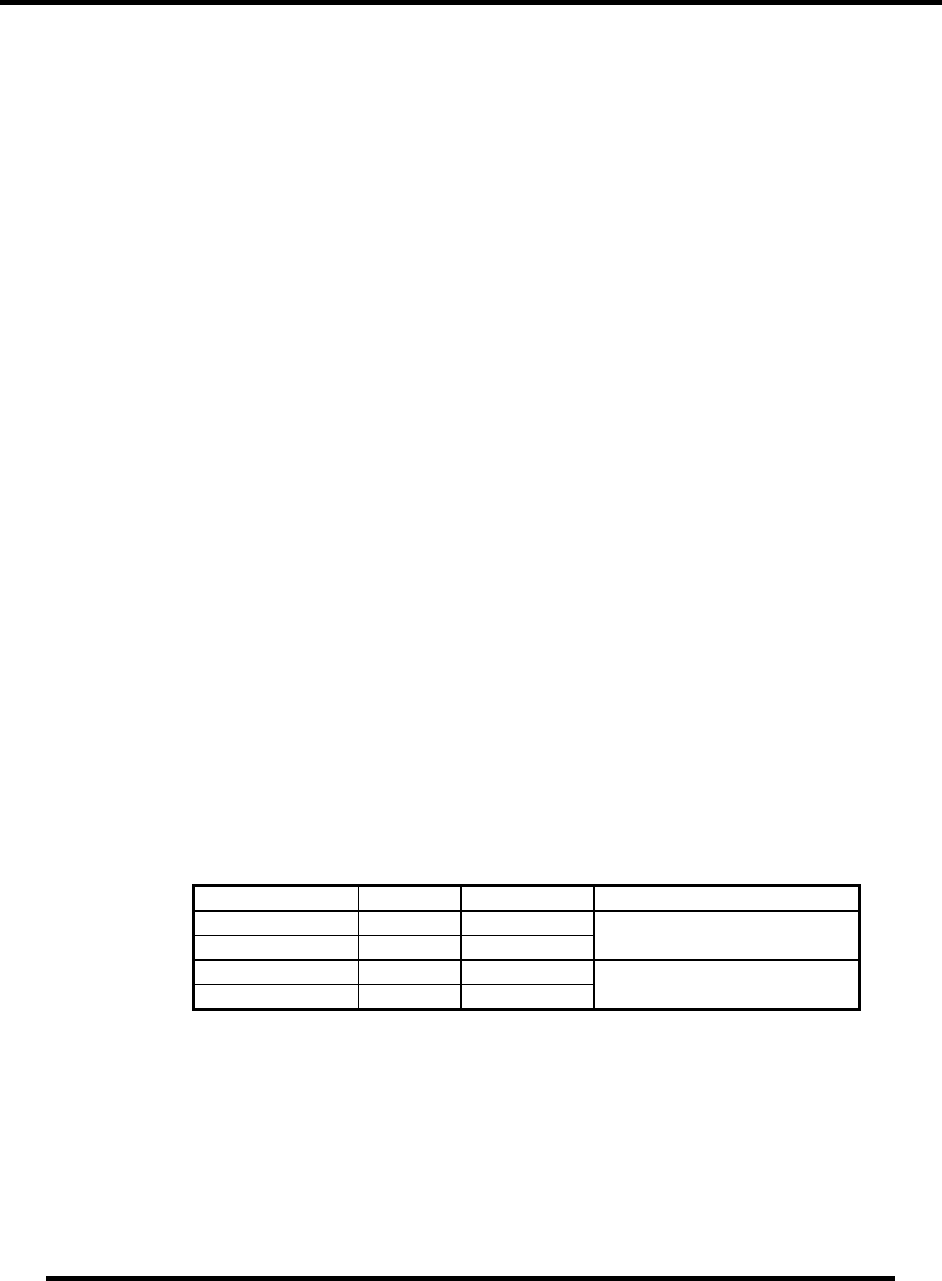Manual
Table Of Contents

© Sealevel Systems, Inc.
- 6 -
DIO-32.PCI User Manual
Programming the DIO-32.PCI
Sealevel’s SeaI/O software is provided to assist in the development of reliable
applications for the Sealevel Systems family of digital I/O adapters. Included on the
SeaI/O CD are driver functions for use in accessing the I/O as well as helpful
samples and utilities.
Programming for Windows
The SeaI/O API (Application Programmer Interface) provides a variety of useful
high-level function calls implemented in a Windows dynamic link library (DLL).
The API is defined in the help file (Start/Programs/SeaIO/SeaIO Help) under
“Application Programmers Interface”. This help file also includes detailed
information dealing with installation / removal of the software and information
about latency, logic states, and device configuration.
For C language programmers we recommend using the API to access the DIO-
32.PCI. If you are programming in Visual Basic, using the ActiveX control
included with SeaI/O is advised.
Samples and Utilities
A variety of sample programs and utilities (both executable and source code) are
included with SeaI/O. Further documentation on these samples can be found by
selecting “Start/Programs/SeaIO/Sample Application Description”. Information
about where the files are physically stored on your disk is also included in this same
file.
Programming for Linux
SeaI/O for Linux consists of two major parts: a kernel module and a library. The
kernel module is a simple IO pass-through device, allowing the library to handle the
more sophisticated functions provided to SeaI/O users. It is provided in a ‘tarball’
format and can easily be compiled and included in the kernel build.
Digital I/O Interface
The DIO-32.PCI provides four parallel input/output (I/O) ports. The ports are
organized as ports A, B, C, and D. Port A and B are input ports interfaced to
optically-isolated inputs, while ports C and D are reed relay output ports. Assuming
an I/O address of 300 Hex the following table shows the Port Addresses.
Base Address Hex Decimal Mode
Port A Address 300 768
Port B Address 301 769
Optically Isolated Input Port
Port C Address 302 770
Port D Address 303 771
Reed Relay Output Port










